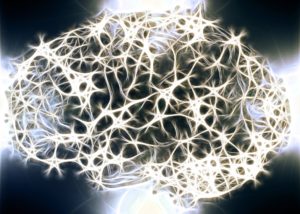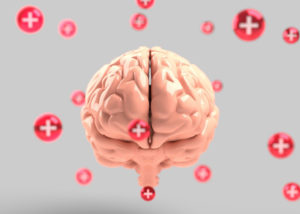A featured website dedicated to online EEG education
The test of electroencephalography (EEG) captures the electrical activity of the brain. It has been routinely used in adults and children, including infants, since the 1950s. It’s a useful neurophysiological investigation method for detecting seizures and epileptic disorders. It is utilized on a regular basis and its interpretation necessitates specialized knowledge. They’re usually learned through extensive practice in specialist EEG units. Recently, the digital website and platform have evolved into a location where dematerialized content may be intelligently stored and exhibited, allowing for the display and sharing of data in a variety of domaines, including medicine.
We developed a website to provide knowledge about EEG characteristics in normal and pathological conditions, particularly seizures and epileptic syndromes. The epileptic syndromes are classified according to ICD-11 (International Classification of Diseases-Eleventh Revision).
The annotated EEG images and signals are highlighted in a clinical setting (in clinical cases section and clinical context of seizures and epileptic disorders in seizure and epilepsy section). A dedicated EEG viewer can be used to view the annotated EEG signals that are included into the clinical cases. Seizures and epilepsy definitions and classifications can be found on separate pages and are noted in the text. Experts in the field are welcome to participate. Epileptologists, neurologists, and young doctors who wish to share articles and clinical cases can contribute to this site.
Updates in epilepsy

Big data in epilepsy: Clinical and research considerations
Big data in epilepsy: Clinical and research considerations. Report from the Epilepsy Big Data Task Force of the International League Against Epilepsy The recent advances in machine and deep learning arise interesting possibilities to analyze dig data in epilepsy. Known to be a chronic and disabling disease, epilepsy is characterized by heterogeneous clinical presentations according to age group, etiologies, […]
Read more
White matter abnormalities across different epilepsy syndromes in adults
White matter abnormalities across different epilepsy syndromes in adults: an ENIGMA-Epilepsy study Epilepsy was considered for a long time a grey matter disease. Recent Neuroimaging techniques using diffusion brain MRI showed white matter signal abnormalities, sometimes distant from electrophysiological epileptic focus and after clusters of seizures. These abnormalities are supposed to be linked to cognitive comorbidity. Hatton […]
Read more
The prediction of antiepileptic drug response
It is known that no reliable method is currently available for the prediction of antiepileptic drug response or anticipating an adverse effect. In addition, various antiepileptic drugs have corresponding efficacy, but differ in mode of action and/or adverse effects. Currently, there is no reliable biomarker for the outcome of antiepileptic treatment (biological, genetic, or electrophysiological), and the clinical response […]
Read moreAuteurs
Resources
8A61.21 Childhood absence epilepsy (CAE)
Overview Childhood absence epilepsy, or CAE, is a common epilepsy syndrome characterized by distinct seizure…
Beta activity
Introduction Beta rhythms represent frequencies faster than 13 hertz. They are also known as fast…
8A61.3 Genetic epileptic syndrome with adolescent or adult onset
Overview Genetic generalized epilepsies are predominantly genetic disorders. They are called idiopathic generalized epilepsies and…
Basic Principles of EEG (2)
Introduction EEG measures the electrical activity of the brain. In scalp EEG, the electrodes are…
Alpha Activity
Introduction It is the first described EEG pattern, documented by Hans BERGER in 1929.[efn_note]Berger, Hans…
Normal EEG Pattern in Adults
Table Of ContentsIntroductionNormal background activityAlpha rhythm Introduction Normal EEG is the overall pattern of waveform…